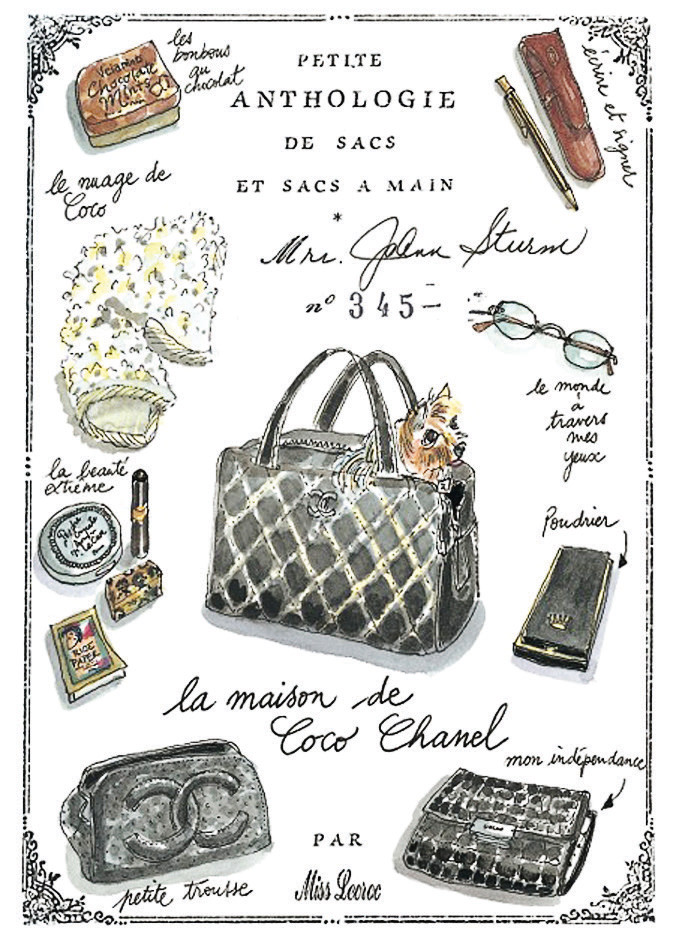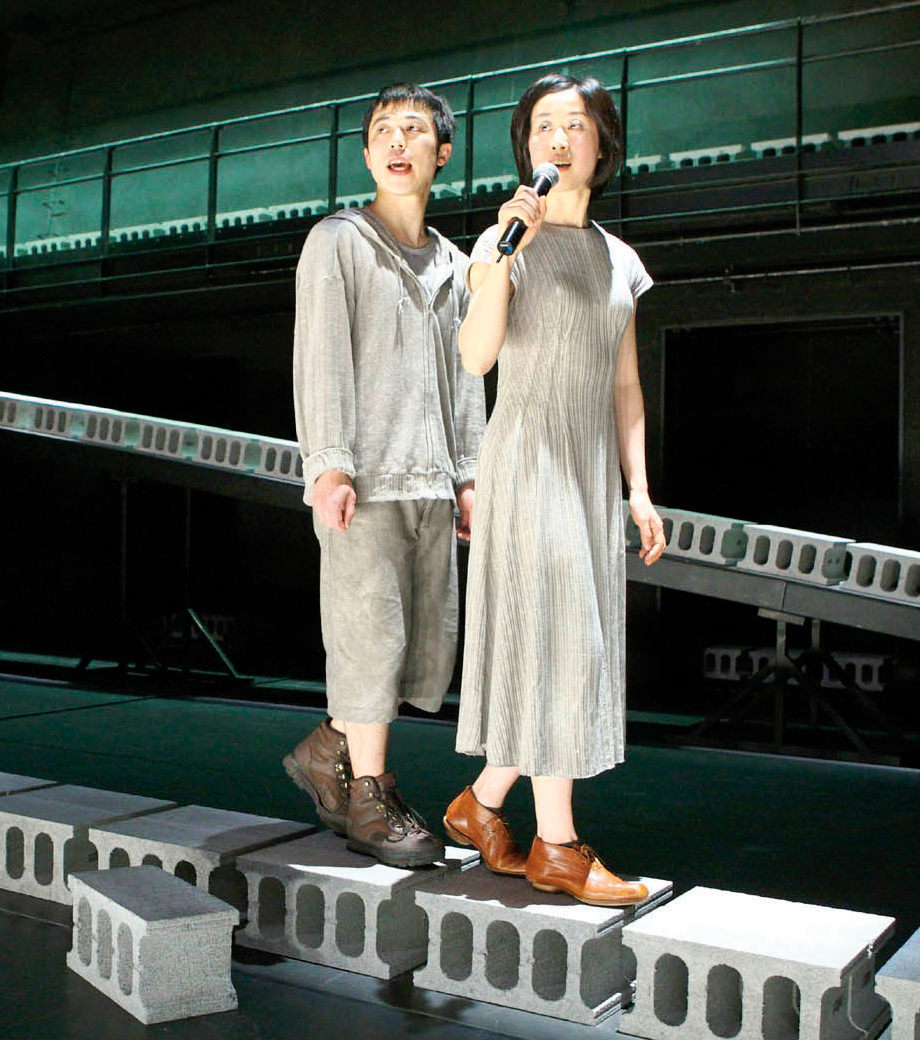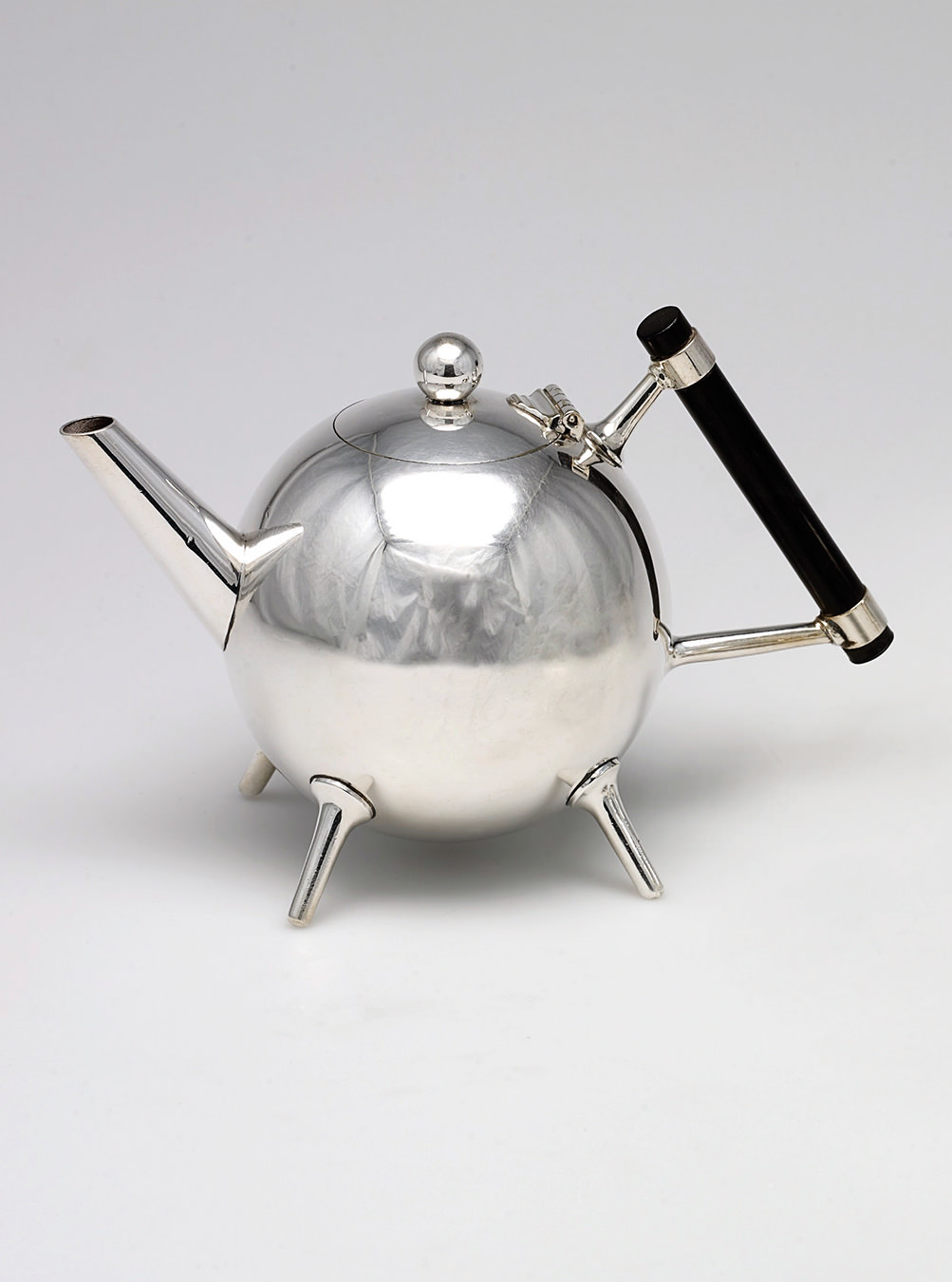-
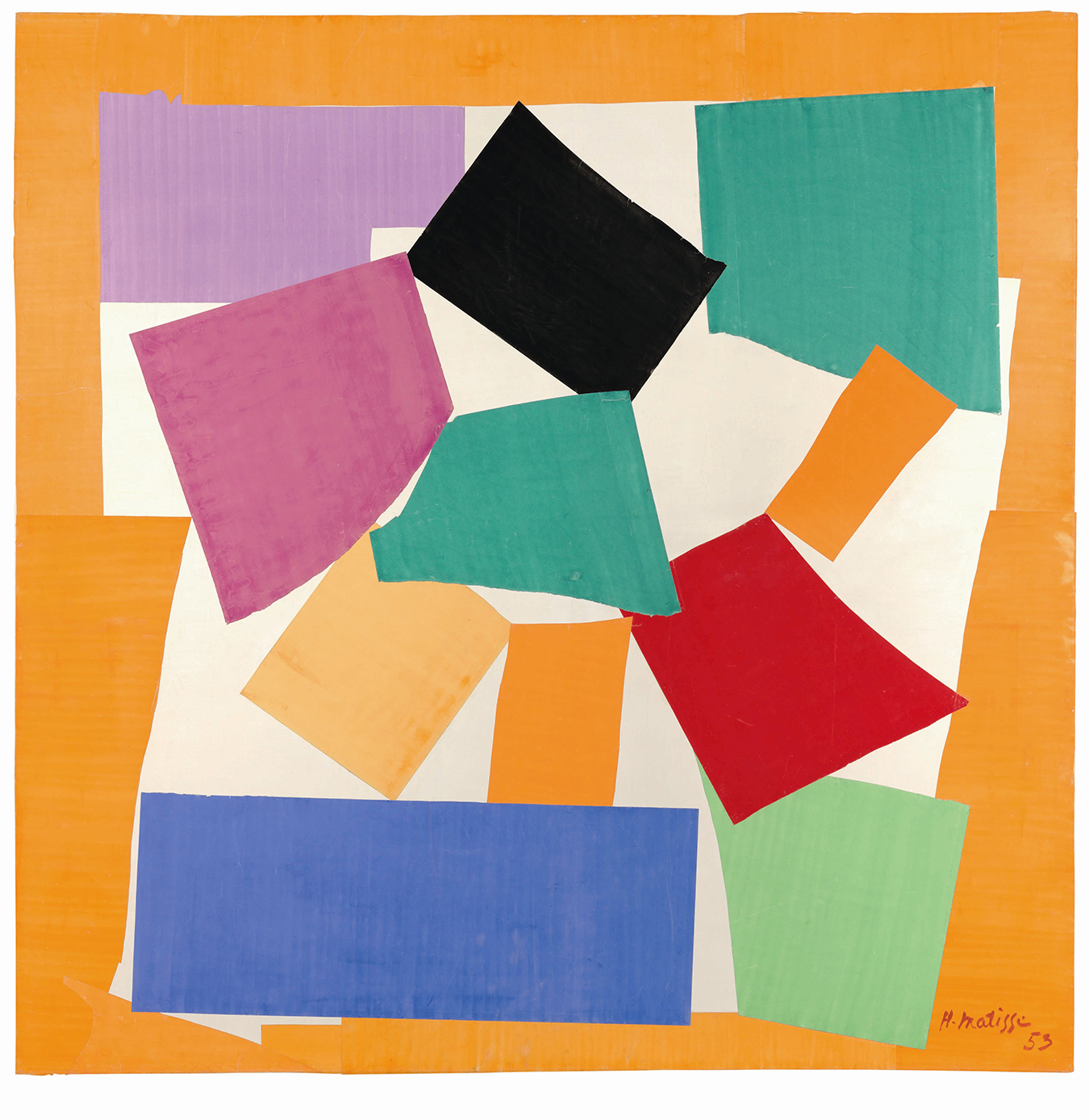
The Snail, 1953. © Succession Henri Matisse/DACS 2013.
-
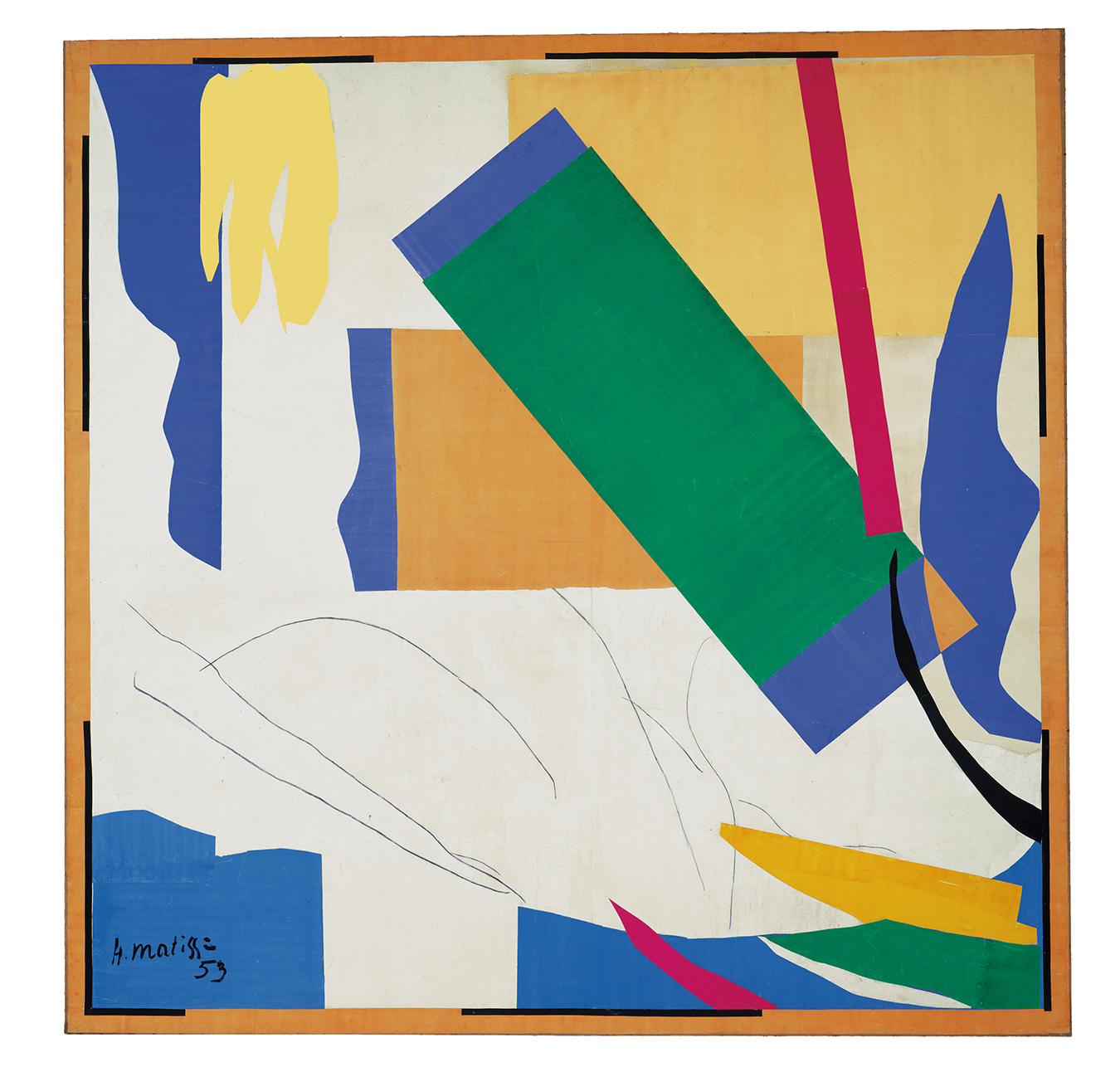
Memory of Oceania, 1952-3. MoMA, Digital image: © 2013. The Museum of Modern Art, New York / Scala Florence. Artwork: © Succession Henri Matisse/DACS 2014.
-
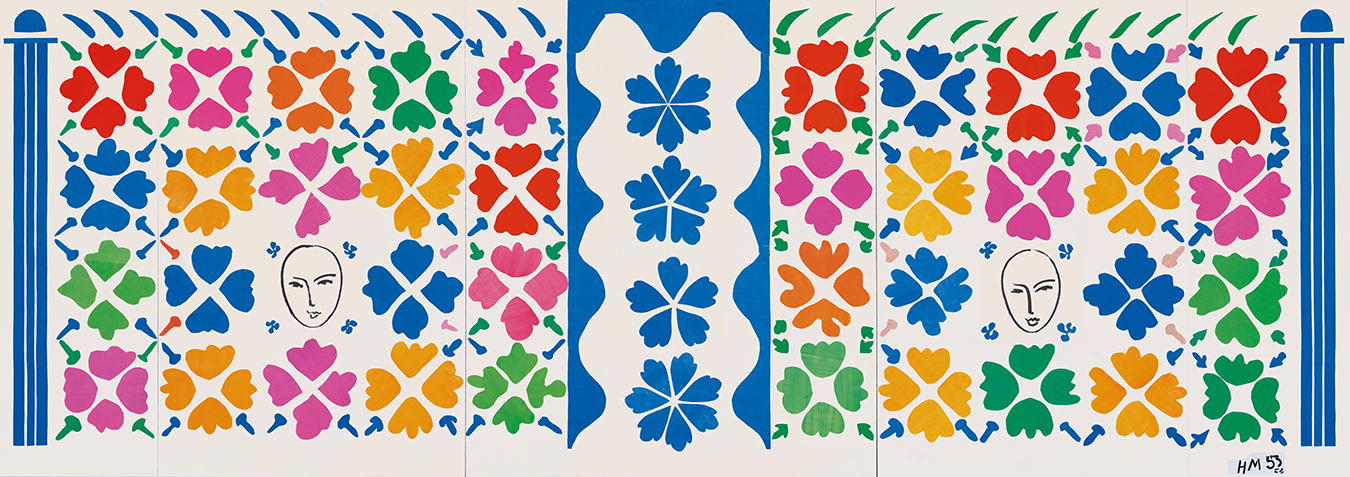
Large Composition with Masks, 1953. National Gallery of Art, Washington. Ailsa Mellon Bruce Fund 1973.17.1. Digital Image: © National Gallery of Art, Washington. Artwork: © Succession Henri Matisse/DACS 2014.
-
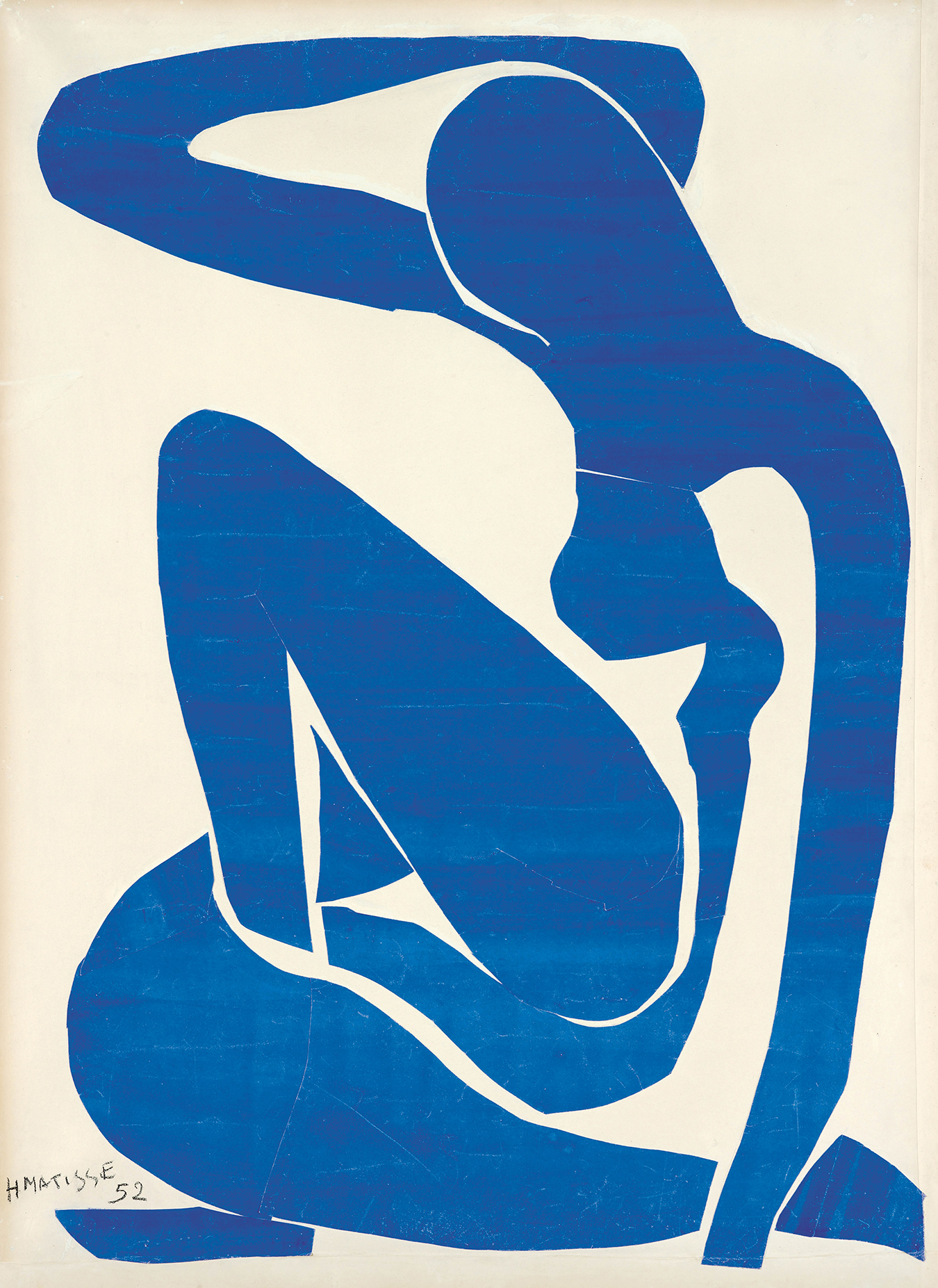
Blue Nude (I), 1952. Foundation Beyeler, Riehen/Basel. Photo: Robert Bayer, Basel. © Succession Henri Matisse/DACS 2013.
Henri Matisse: The Cut-Outs
Paper and scissors.
Paper and scissors are materials and tools at their simplest, and one artist worked wonders with them, as Henri Matisse: The Cut-Outs makes plain. Right now, Tate Modern is ablaze with riotous colour during this groundbreaking exhibit, which brings together 120 works from galleries and private collections.
Matisse’s palette was a vivid rainbow. He was a painter from a young age, one of the “Fauves”, the name given to the wild artistic beasts of the early 20th century who combined brilliant hues into works that sizzled with light. When illness slowed him down and he was confined to a wheelchair, he found it physically hard to paint. So he moved from brush to blades. Until his death in 1954, collages were his main medium of expression.
The artist described it as “painting with scissors.” In his hands, they became his pencil, outlining and defining subjects that ranged from stars to circuses. Dancers bound with energy. Foliage and flowers sing with the joy of nature. This is an uplifting exhibition that one critic calls, “high summer from first to last … exuberant and intense.”
The walls of Matisse’s studio were his canvas, the paper shapes positioned until the arrangement pleased him before being glued in place. Besides exploring the materials and methods he used, the exhibition also brings the artist’s surroundings to life. A recreation of a studio wall bursts with masks, leaves, spirals, and other cutouts; it is literally a work in process.
As a 1953 studio photograph makes clear, three works were intended to be seen as a unified whole and, for the first time in 50 years, they are: The Snail, its sister work Memory of Oceania, and the 10-metre long Large Composition with Masks. Also on display are Matisse’s famous “Blue Nudes”, the largest number ever shown together. (When he ran out of blue paper, Matisse reached for another hue. Hence the Blue Nude with Green Stockings.)
From memories of his Tahitian travels to the passion for jazz in the 1940s, Matisse found inspiration everywhere. His cutouts were translated into books, ceramics, tapestries, and even stained glass for the Chapel of the Rosary in Vence in the French Riviera. In fact, the collages have the same glow and vibrancy. They are simple, often playful, a magnificent final chapter in the life of one of the 20th century’s most influential artists.


